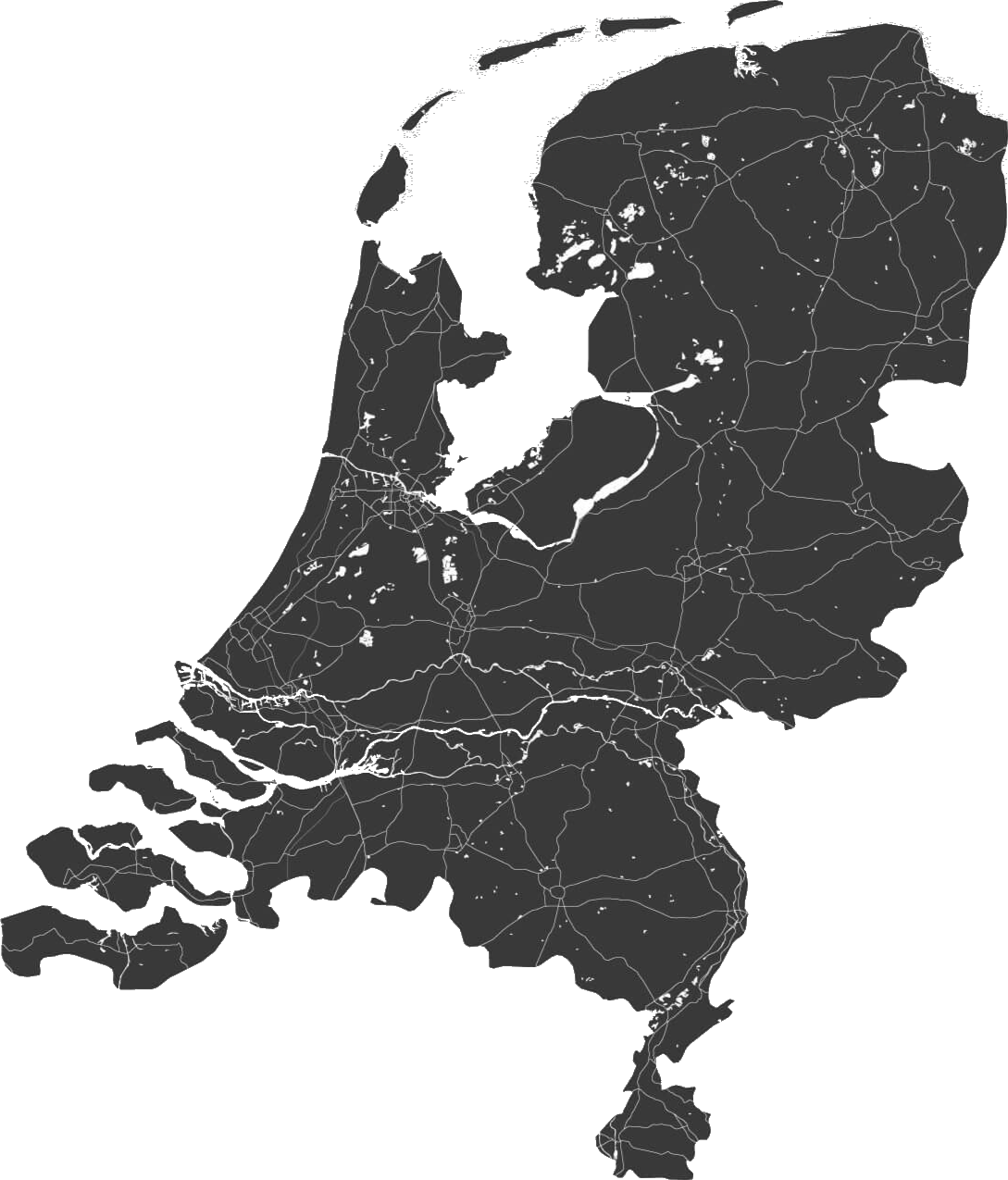Ascot-Pullin 1929 Sports Utility 496cc 1 cyl OHV 3410
€ 39.950
- Prijs:
- € 39.950
- Sinds:
- 2 maanden
- Gezien:
- 15 keer
- Adverteerder:
- Yesterdays
- Plaats:
- Nederweert
- Activiteit:
- 2 maanden actief op Marktnet

Ascot-Pullin 1929 “ Sports Utility” 496 cc OHV frame # 184 Engine # AP 184
Cyril Pullin was a rare bird among the many fascinating motorcycle inventors of the early 20th century; while there were many rider-designer-manufacturers during the era, he was in very rare company of men who not only designed, built, and raced motorcycles, but also won an Isle of Man TT race, a distinction he shares only with Howard R. Davies (HRD) and Charlie and Harry Collier (Matchless).
Pullin had an extremely inventive mind, and in 1916 submitted the first of at least 171 patents filed during his lifetime, concerning all manner of carburation, oil pumps, frame and fork design, brakes, etc. By 1920 he teamed up with Stanley Lawrence Groom on the design of a radically advanced two-stroke motorcycle with a pressed sheet metal frame. While the two-stroke design failed to materialize, many of the ideas for its chassis reappear later in the 1920s with the Ascot-Pullin, as does the team of Pullin and Groom.
By 1922 Pullin was employed by Douglas in Bristol and was soon racing Douglas machines in their heyday, while patenting many of the ideas he developed there. In 1922, he became the first man to record 100mph on a motorcycle on British soil, using a very special OHV Douglas flat-twin. By 1928, he teamed up with Stanley Groom once again, and secured the old Phoenix factory in Letchworth, Herts, to establish the Ascot Motor and Manufacture Co Ltd. Their intention was to produce both a car and motorcycle of steel pressings. (adapted from: The Vintagent)
Advertised as ‘The New Wonder Motorcycle’, it was packed with innovations inspired by car-industry practice. The engine was a horizontally mounted overhead-valve single that drove the in-unit three-speed gearbox via helical gears. A pressed-steel frame enclosed not only the engine/gearbox unit but also the fuel and oil tanks, both of which incorporated filler-cap level gauges. A pressed-steel dashboard housed the rest of the instrumentation, together with electrical switch gear and ignition/air controls. A very innovative feature of the A-P was the hydraulic brake system, possibly the first on a motorcycle. Pullin’s own design was used at first, but was soon supplanted by a more conventional Lockheed system. Other unusual features conceived with user-friendliness in mind included a telescopic centre stand with alternative ‘easy parking’ and ‘wheel removal’ settings, and an exhaust valve lifter coupled to the kick-start for easy starting.
‘Extras’ available included an adjustable windscreen with optional wiper, leg shields and a rear-view mirror. Although they would eventually be sorted out, the machine’s teething problems fatally tarnished its reputation; the notoriously conservative motorcycling public was also apprehensive of the unusual design. And then there was the start of the Great Depression …. As a result sales were disappointing and production ceased by the end of 1929 after between 400 and 500 had been built. For more info and road test of an Ascot-Pullin check
The machine we offer is one of only about seven known to have survived. She was first registered in London in December 1929. Not much of her past is known; with the machine comes a small info file with correspondence, and photostat copies of handbook and care and maintenance guide. This ultra rare machine is an older restoration that comes without dashboard but is fitted with full electric lighting, rear view mirror, electric horn and leather bag which contains the battery.
Meer informatie:
https://www.yesterdays.nl/product/ascot-pullin-1929-sports-utility-496cc-1-cyl-ohv-3410/